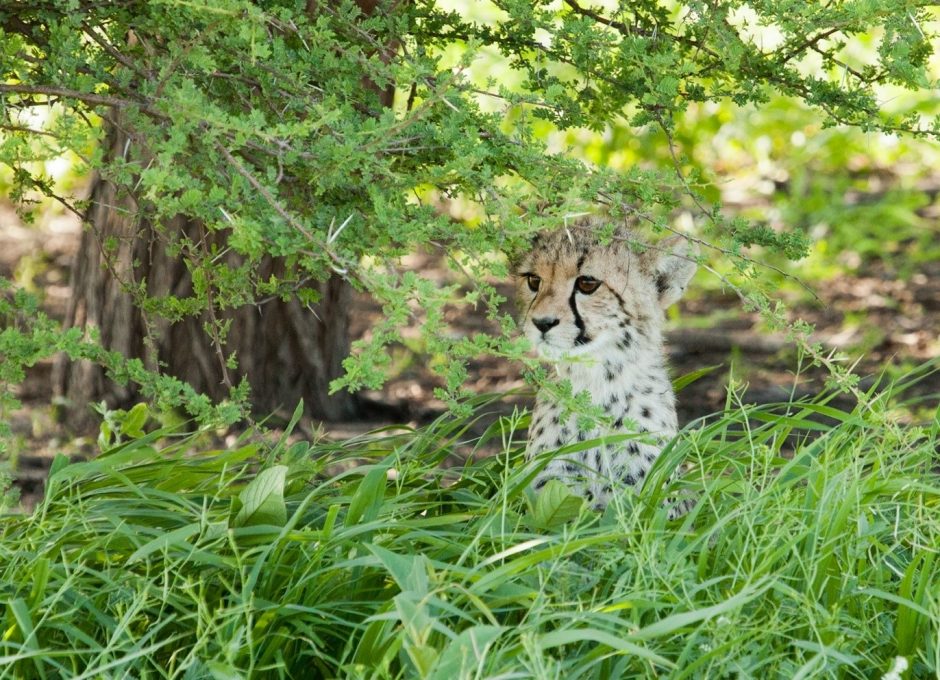
Photo Tips for Green Season Africa Wildlife Safaris
If you’ve been reading my articles for a while, you know that I’m a real fan of wildlife safaris during green seasons. That is, going outside of the typical “peak season,” which typically takes place during summer seasons, when the average photographer may be scared off by summer thunderstorms, or reportedly lower wildlife activity.
If you do your research right, and go with a photo safari outfitter that knows their stuff, these green seasons can yield some of the best photographs possible. And as a big bonus, you’ll be getting photos that are different from everybody else’s, because you’re in location for a sometimes dramatically different season and landscape.
Enter the magic of the Green Season in Southern Africa (e.g., Botswana, Namibia, South Africa, Zimbabwe, Zambia)
If you’re headed to Southern Africa from November to March, check out these tips below, as there are special photo consideration to take advantage of a Green Season Photo Safari.

Maximize that Awesomely Verdant Color
This is perhaps my absolute FAVORITE part of the green season in Africa—and it leaves little mystery as to why they call it the green season. As the rains begin, life springs from the soil and the landscapes begin to flush out in a spectacular verdant green color.
The reason I like this so much is that it’s fairly unusual to see in safari wildlife photography. Typically photos are of the drier time of year, when things can look a bit brown and dusty. These photos are still fantastic, and I highly encourage that time of year as well, but for those that just skip over the green season, do so with caution—it’s unique and spectacular!
Pro tip: set your camera on “cloudy” or “shade” white balance to really get the green to pop with vibrancy.

Take Advantage of the Bush Coverage
As the grasses grow, they begin to form a mat over the ground. Trees flush out with leaves, making it slightly more difficult to see at a distance into the bush. However, this challenge is a glorious opportunity to showcase wildlife, again, in a unique way.
Use the intense vegetation for framing, while adding a feeling of discovery and mystique to your photo.

With this dense vegetation, you can also make use of shallow depth of field to blur out unwanted distraction. Sometimes vegetation is fantastic, especially when framing. Other times you’ll want to just dismiss it and turn it into a soft background texture and color like the below photos.

Get Ready for Baby Animals
With the above photo leading up to this, the green season is also the “productive” season in Southern Africa and the time when food is most available. Not coincidentally, this is when animals are born. Thus, you may encounter baby animals of all shapes and sizes.
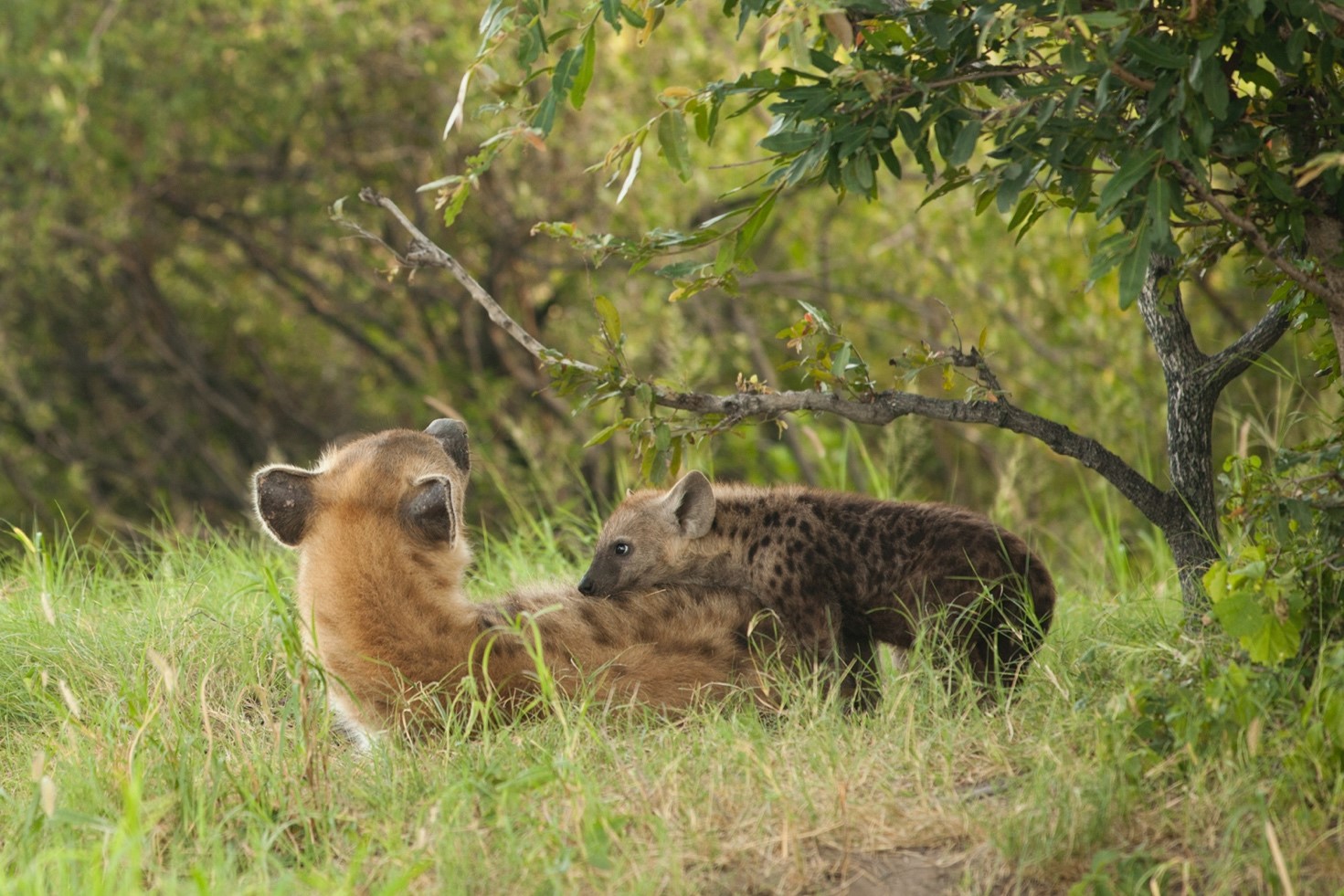
With baby animals comes an amazing assortment of photographic opportunities, particularly behaviors. Adult predators, like hyenas and lions aren’t necessarily the playful type, but inject a young one in the mix and it’s all giggles and happy photographers.
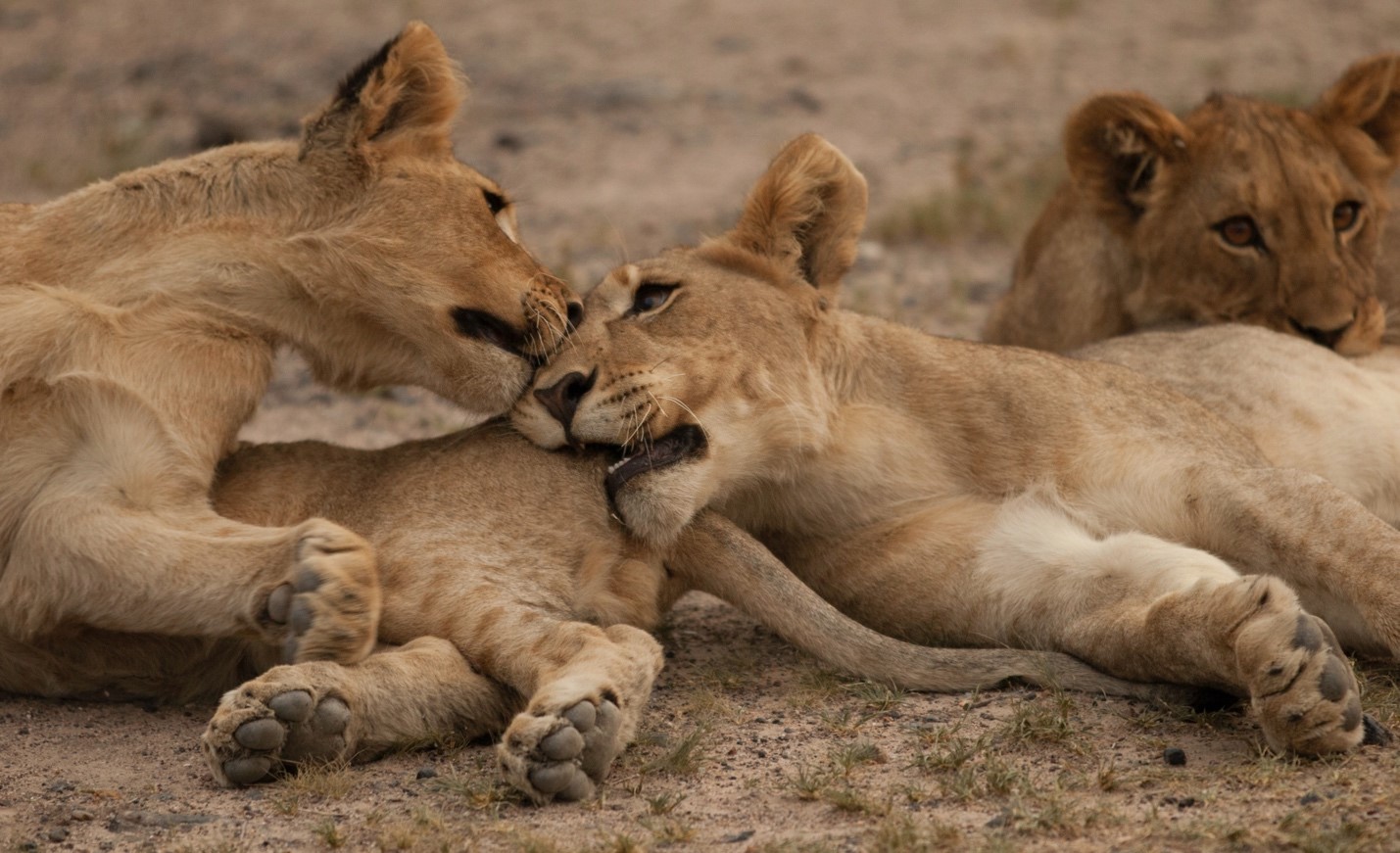
Landscape Photos are Better with Clouds
Finally, the landscapes of Southern Africa are extraordinary in their expanse and are highly photogenic. How do you make a cool Africa landscape even better? Add some clouds to make things REALLY interesting.
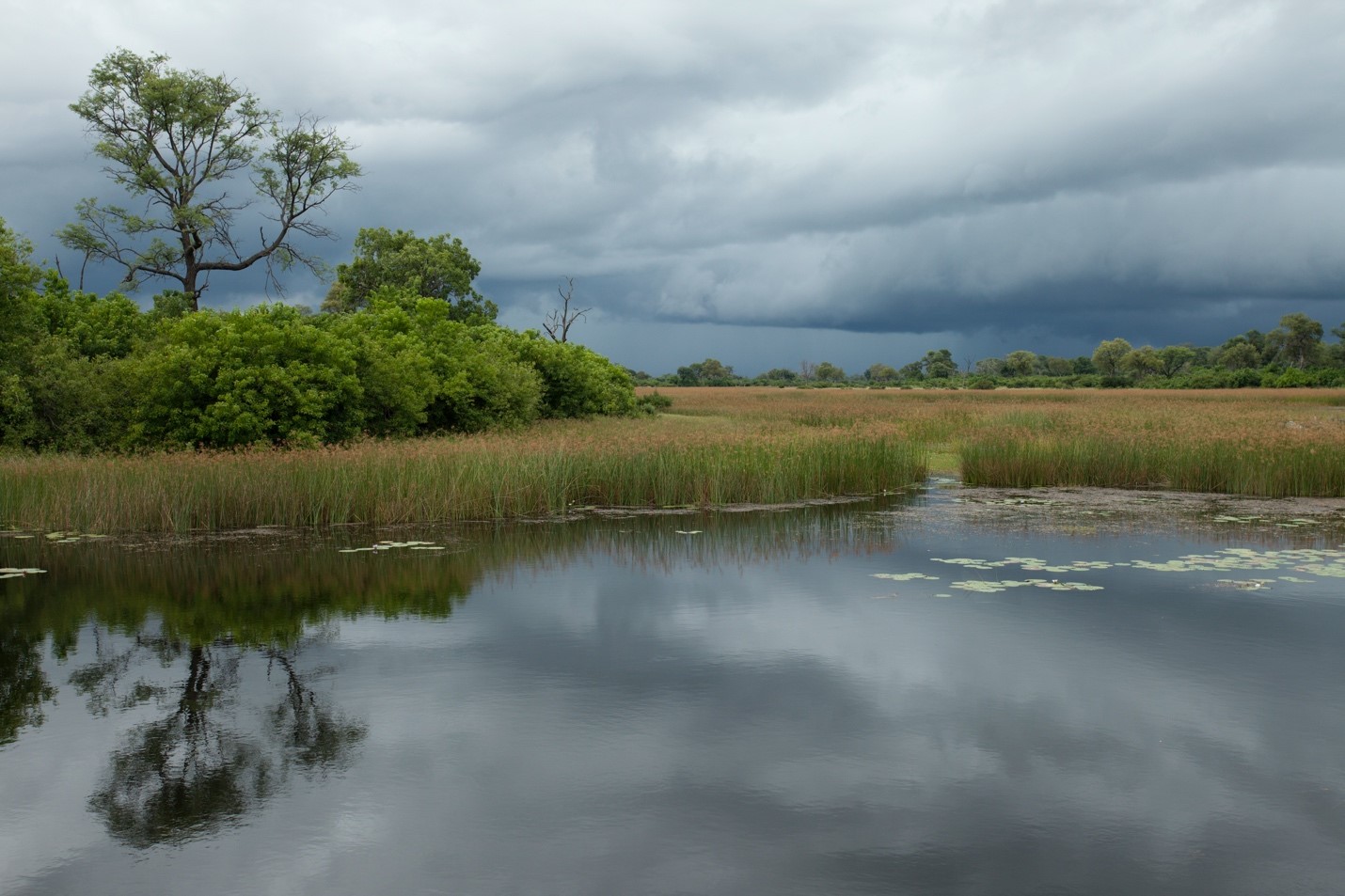
Nobody likes a bland, washed out sky in their photos, so the brief summer thunderclouds are an amazing solution to maximizing landscape photography.
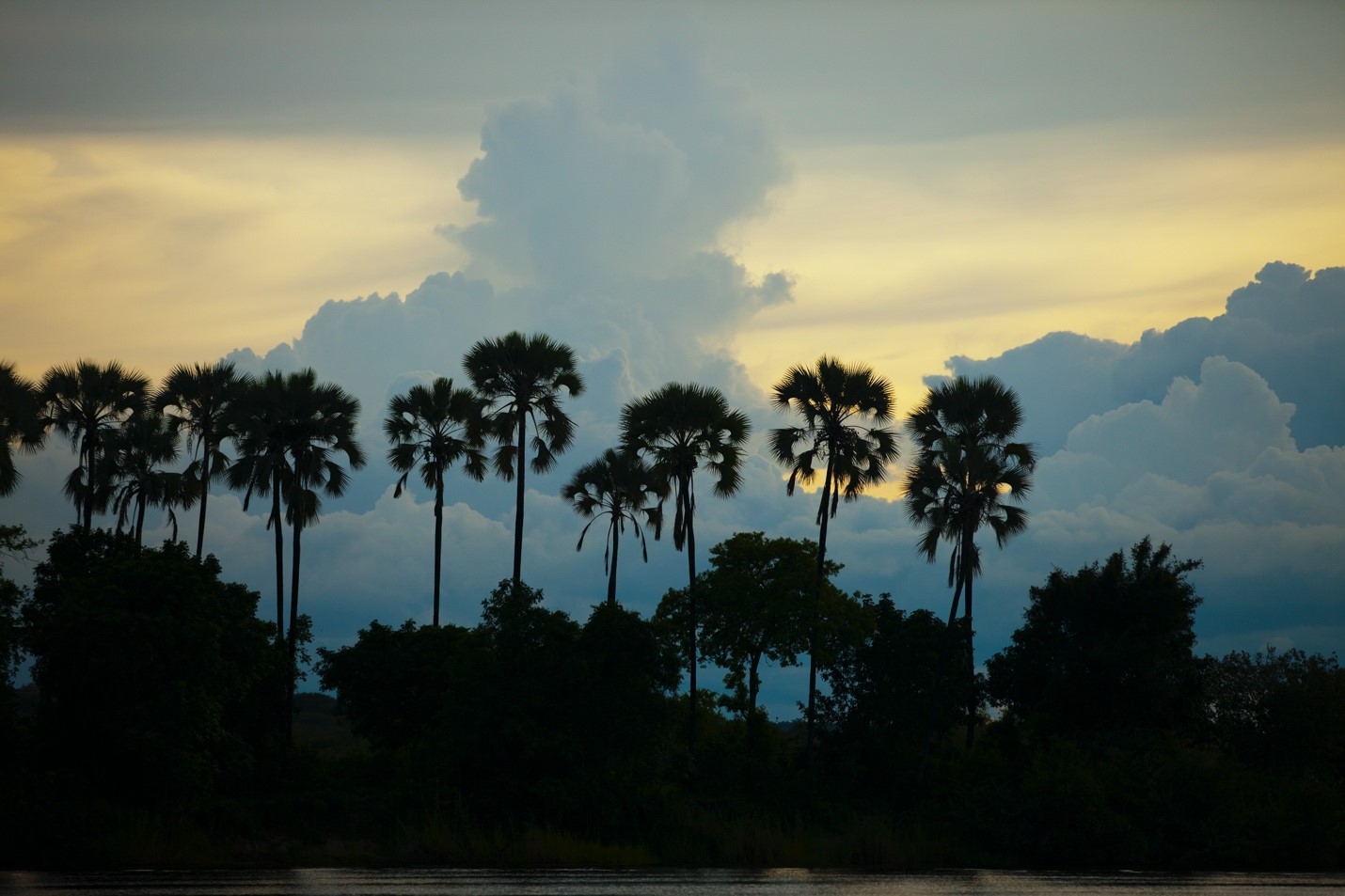
Clouds also allow you to play around with light, especially at dawn and dusk times of day. And they often can yield spectacular colors, both at sunset and sunrise.
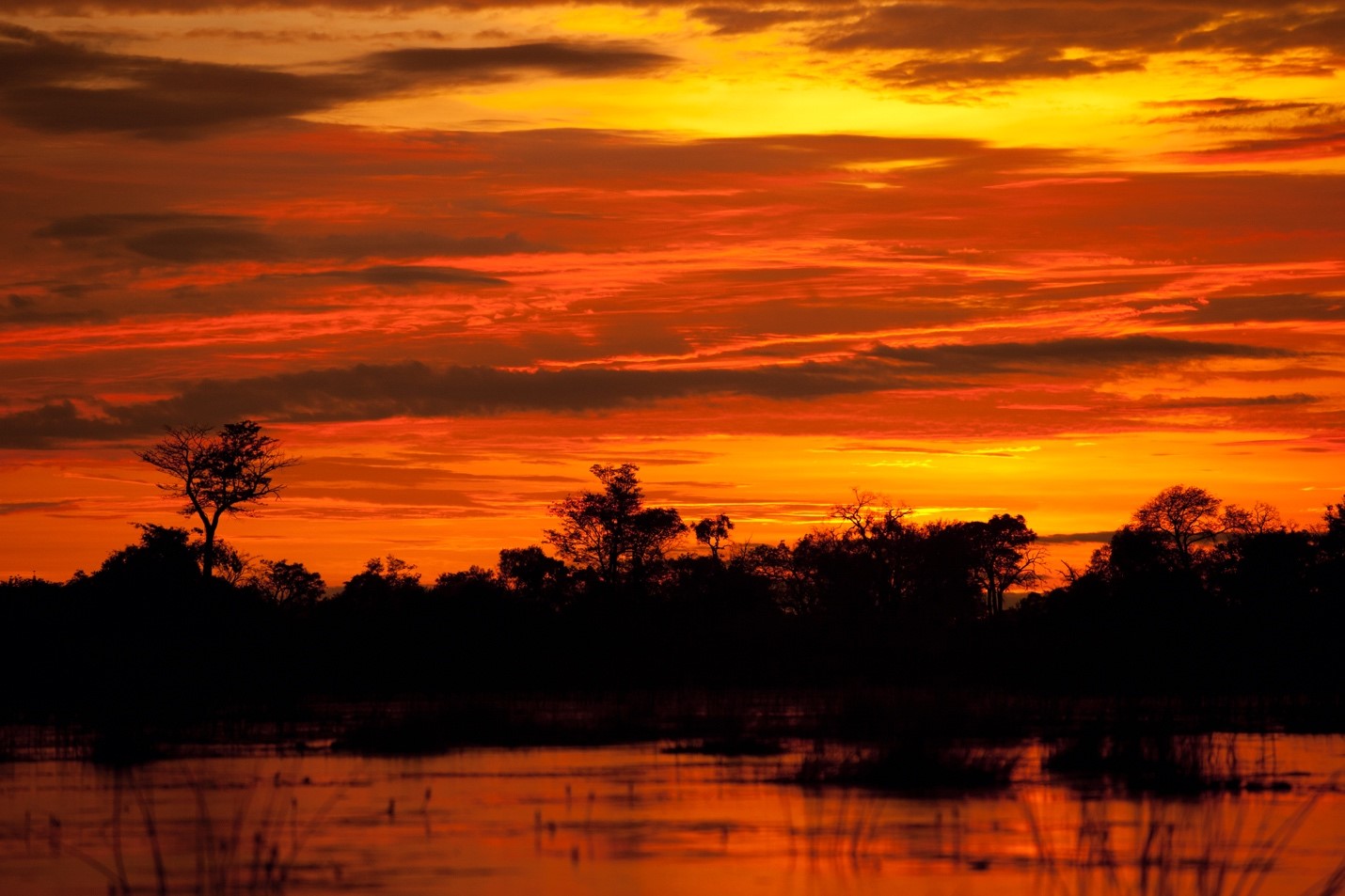
As you can see, there is MUCH to love about Southern Africa’s green season, which is generally described as the November to March time period. It’s summertime in Africa, and the living (and photography) is easy!
All the best,

Court
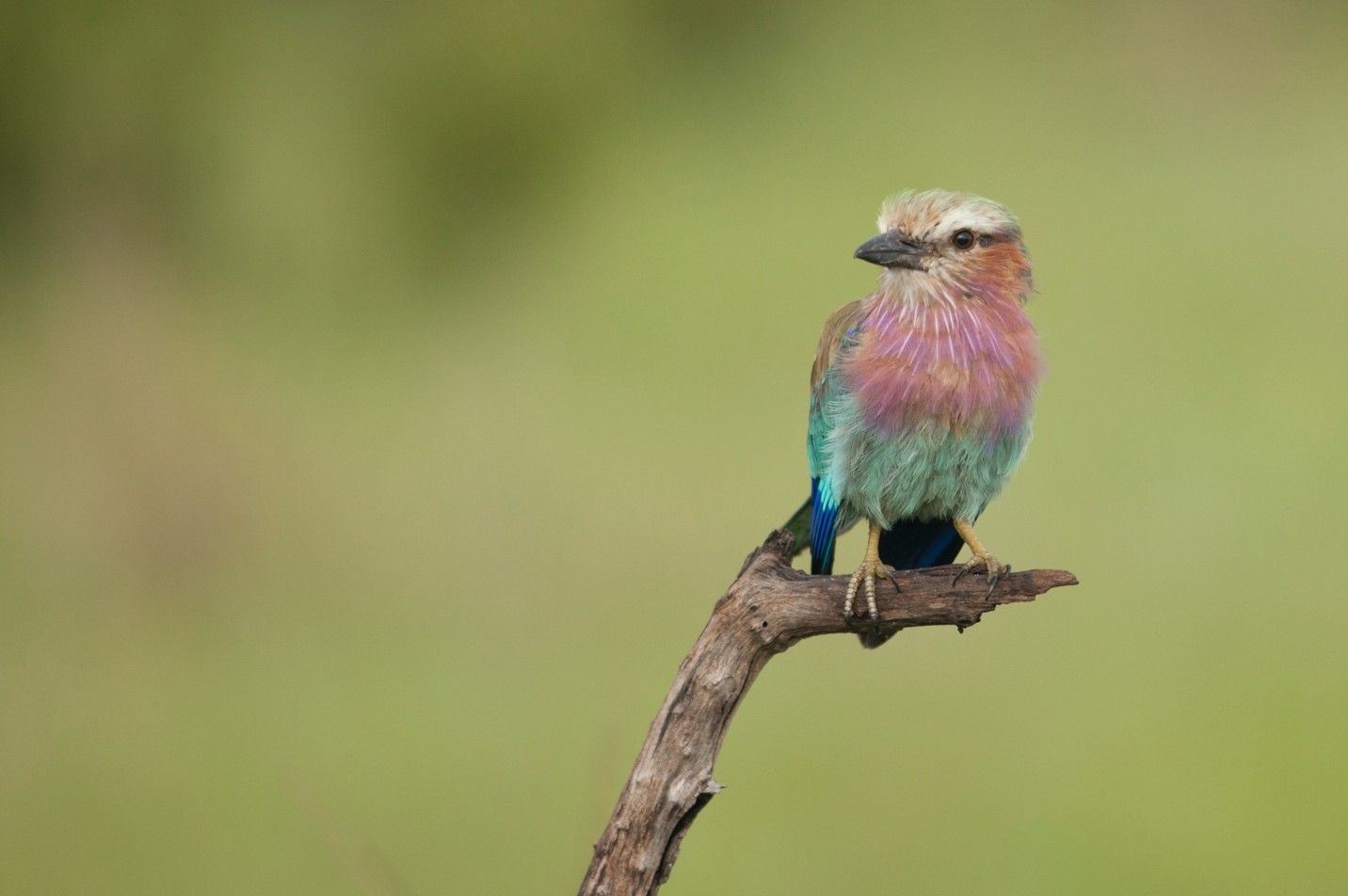
Leave a reply